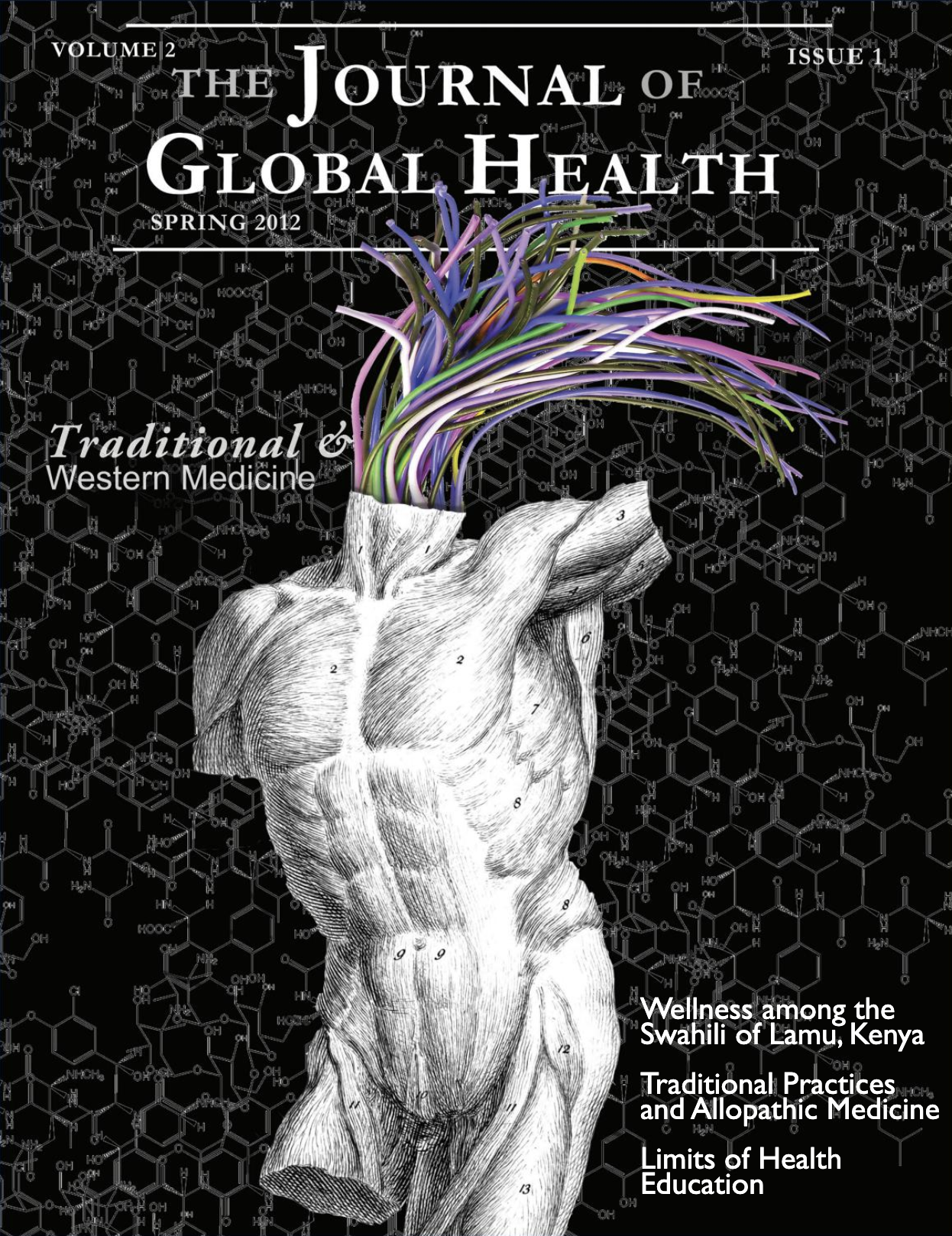Healthcare of the rural aged in Andhra Pradesh, India
Main Article Content
Abstract
In the summer of 2010, an elderly man in West Godhavari asked me, “Now that you’ve met us, how are you going to help?” I could sense the frustration in his voice as he described his previous encounters with health care workers whose promises to alleviate his unaffordable monthly bills remained unfulfilled. He explained to me that as he grew older, he developed hypertension and diabetes requiring continuous treatment due to the chronic nature of both conditions. The cumulative cost of these medications put a financial strain on his family. This man was the first of many elderly villagers to voice such complaints to me.
In a little over four weeks, I traveled to ten villages in Andhra Pradesh (AP), India, with a team of CARE Byrraju employees. As a research intern for CARE, a non-profit organization (NPO), I formally interviewed ten aged villagers, their caregivers and the CARE Byrraju village doctors and nurses in each of six different villages. I also informally spoke with ten elderly individuals in each of the four other villages for a total of 100 interactions. My primary aim was to elucidate the most prevalent health problems and barriers to care that the elderly face in rural AP.
The motivations for my project were the rapid demographic changes seen across India, the inability or reluctance of aged individuals to seek regular medical assistance and the absence of programs targeting elderly care. Due to technological, medical and economic advances in India, the fertility rate has declined substantially from 5.5 children per woman in 1970 to four children per woman in 2009, and the life expectancy has improved significantly from 49 years in 1970 to 64 in 2009 (India, 2010). As a result, the aged population, defined as ages 60 and above, has increased to roughly 7.5% of the total Indian population as of 2001. Recent sociological changes, namely the increase in female employment and migration of young workers, have led to the disintegration of the joint family, an arrangement in which aged individuals typically live with their son and his family. This disruption of support systems, in combination with issues of immobility and increased dependence, particularly in rural settings, has exacerbated the poor health status of the growing elderly population (Pandey, 2009). Because the elderly often are unable to obtain paid work, most remain entrenched in poverty.
Article Details

This work is licensed under a Creative Commons Attribution 4.0 International License.

